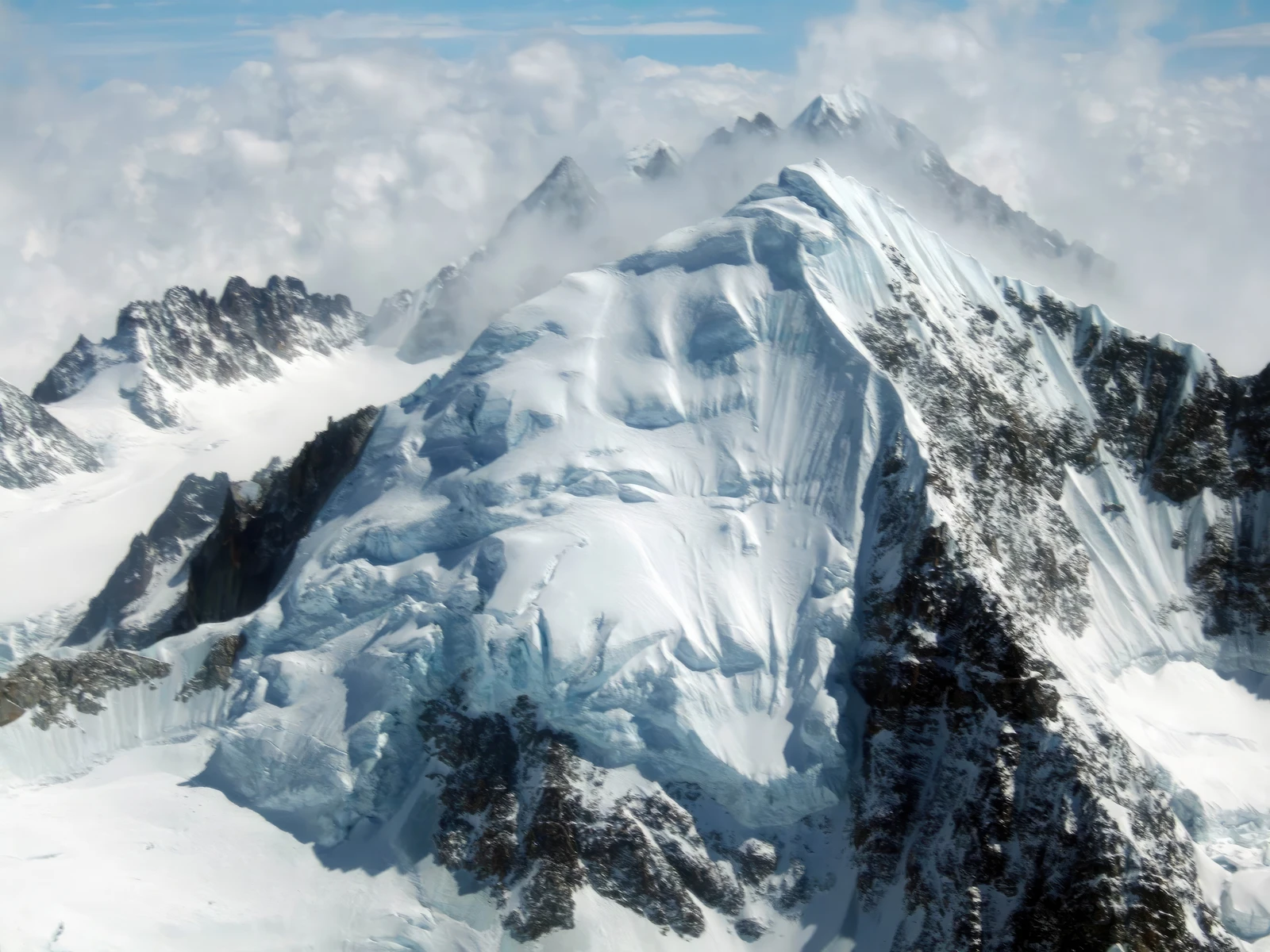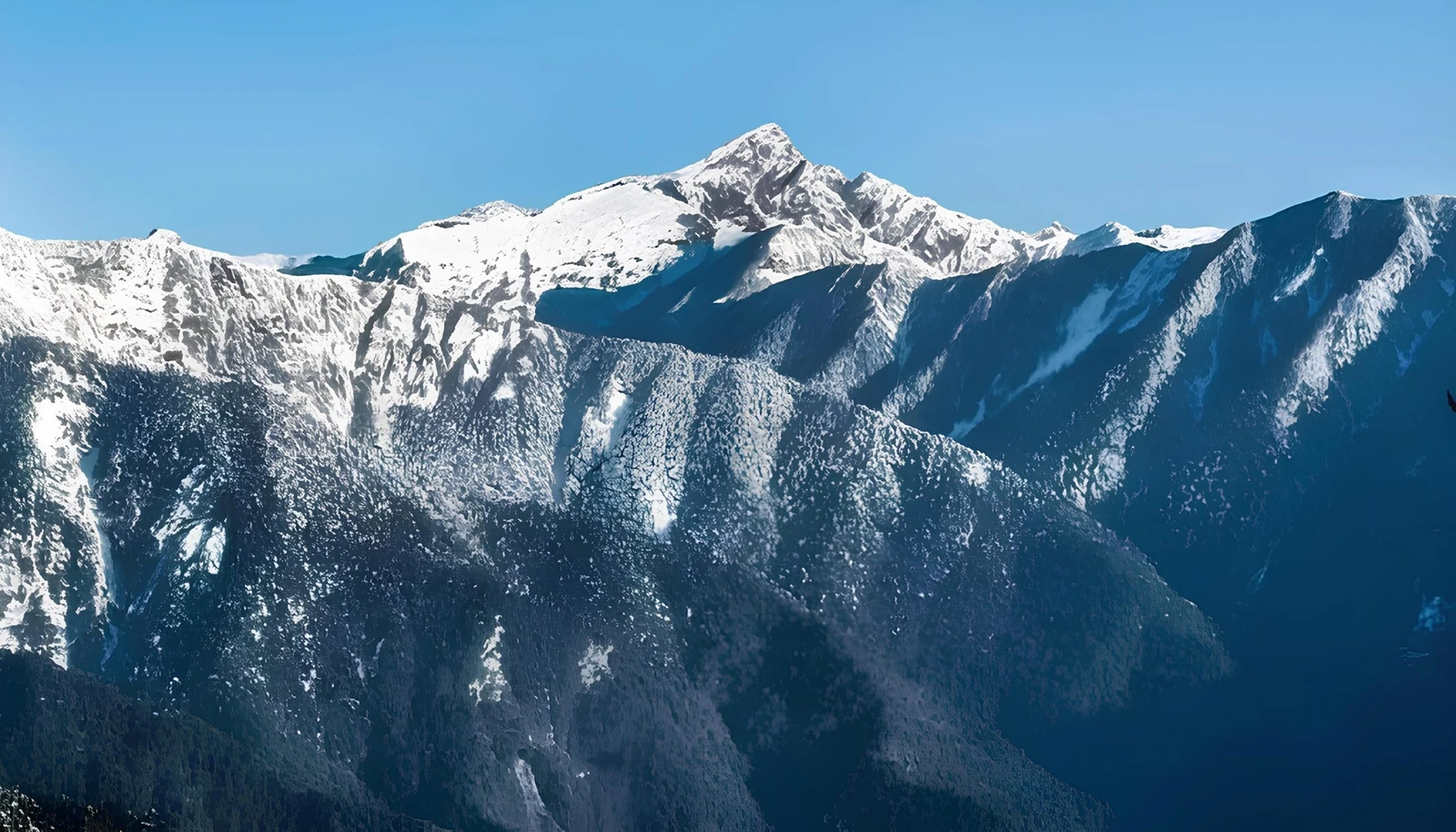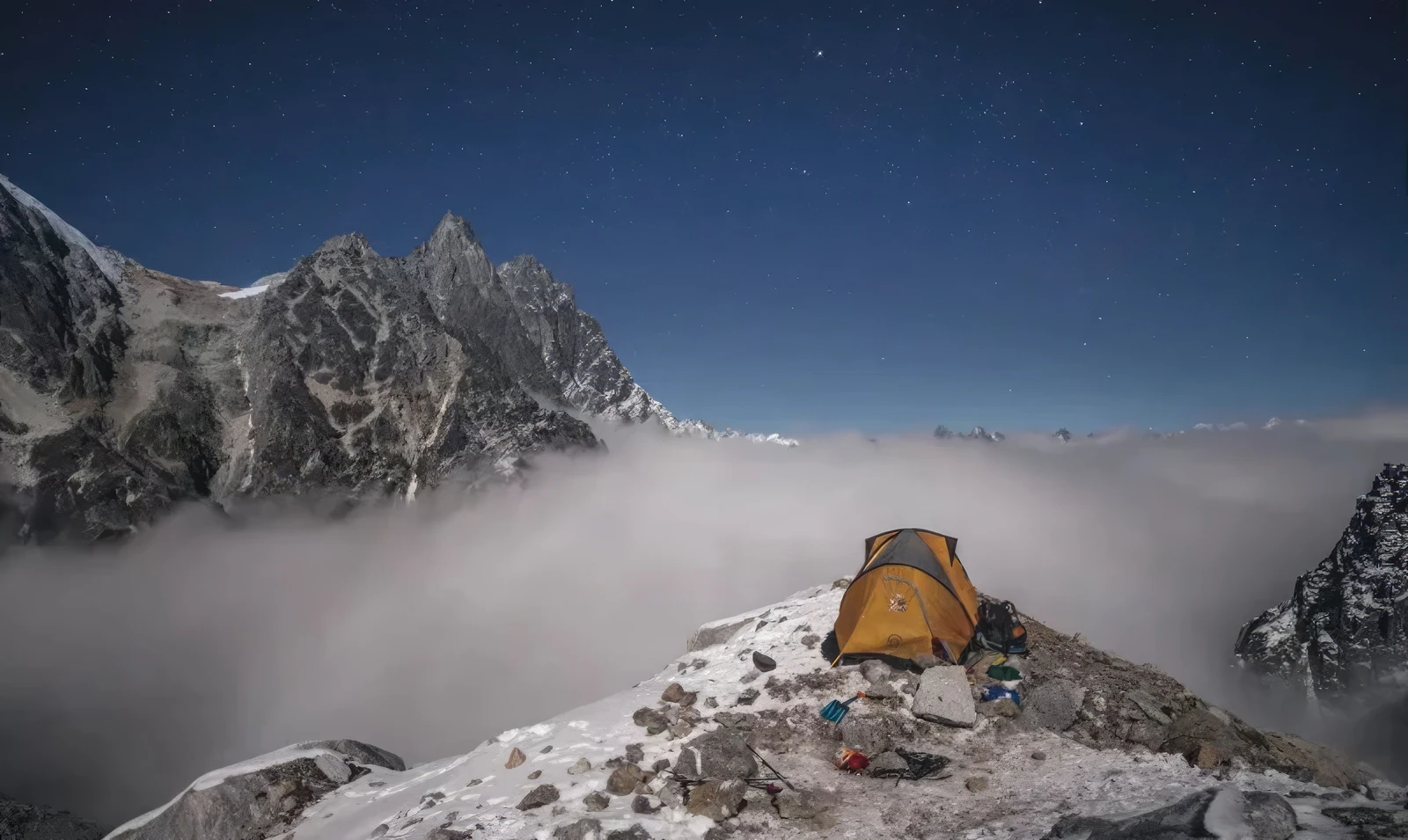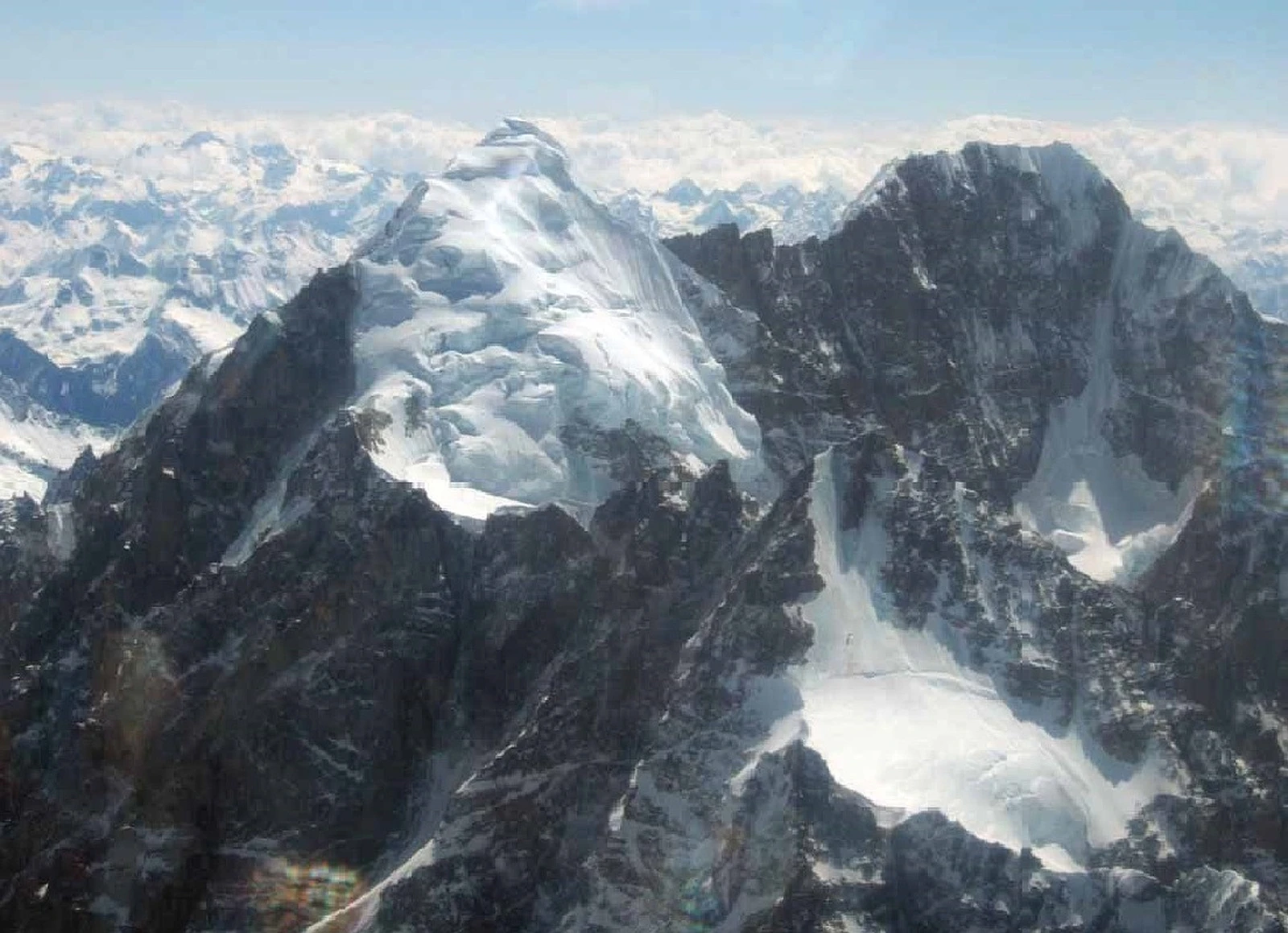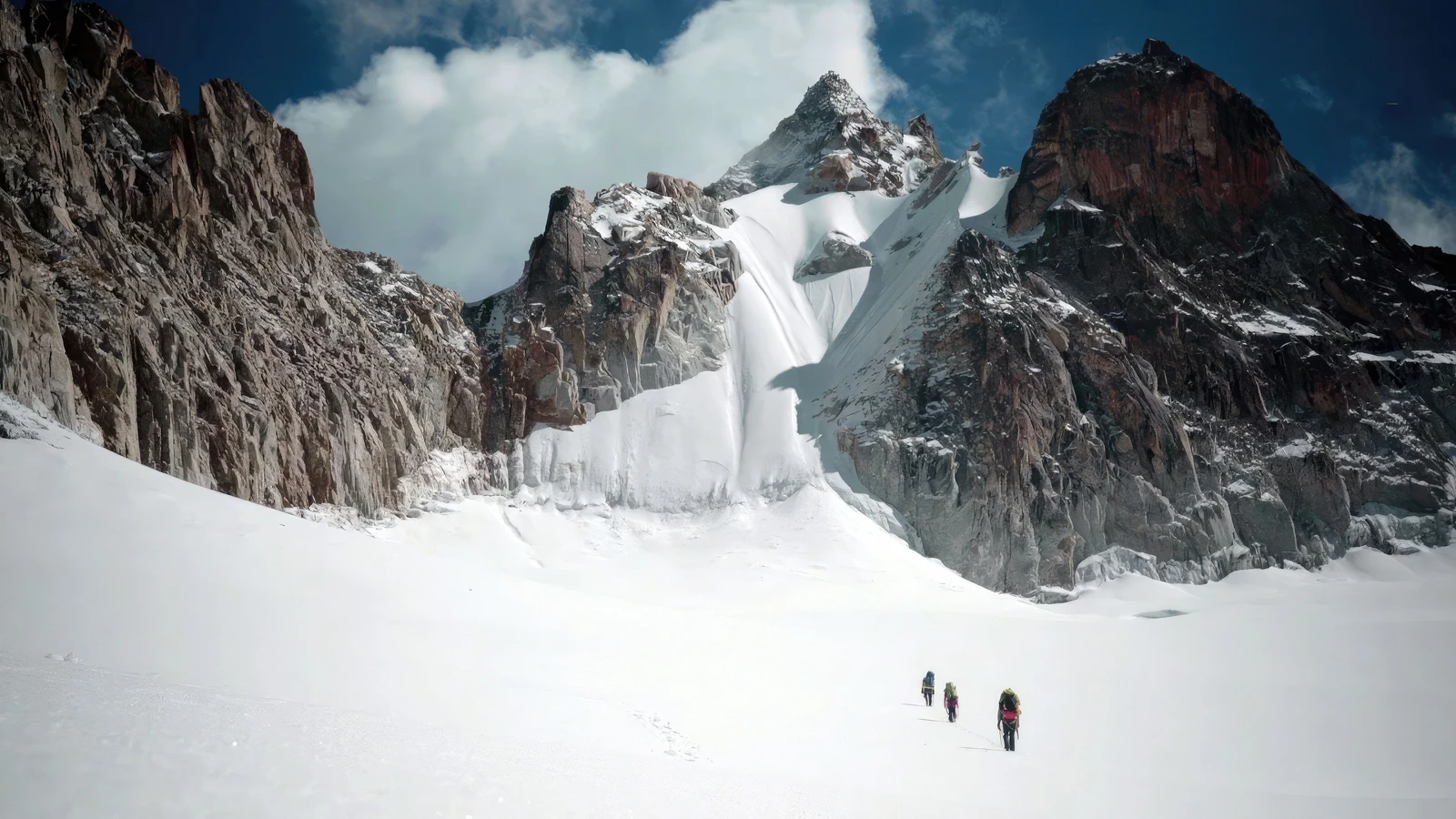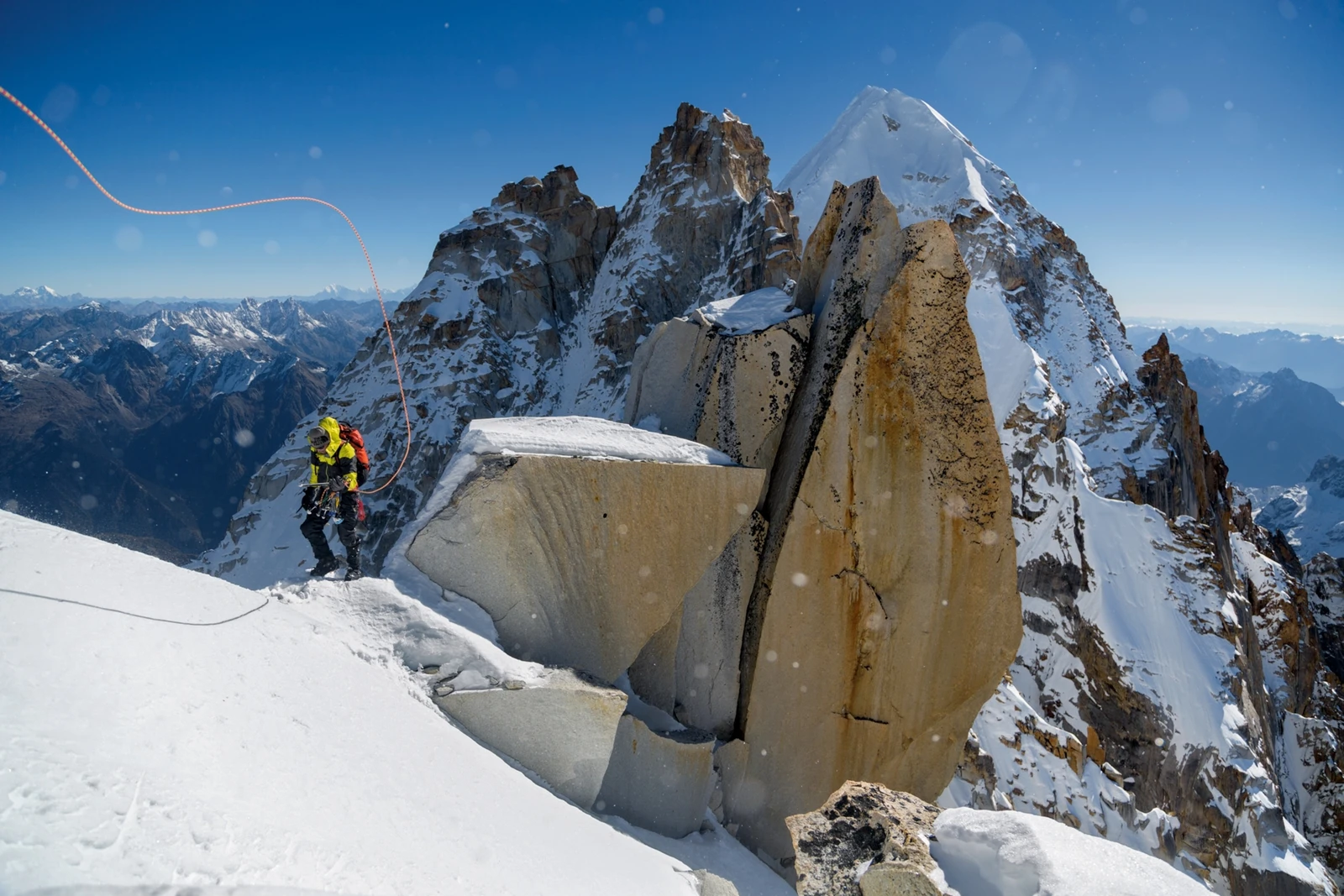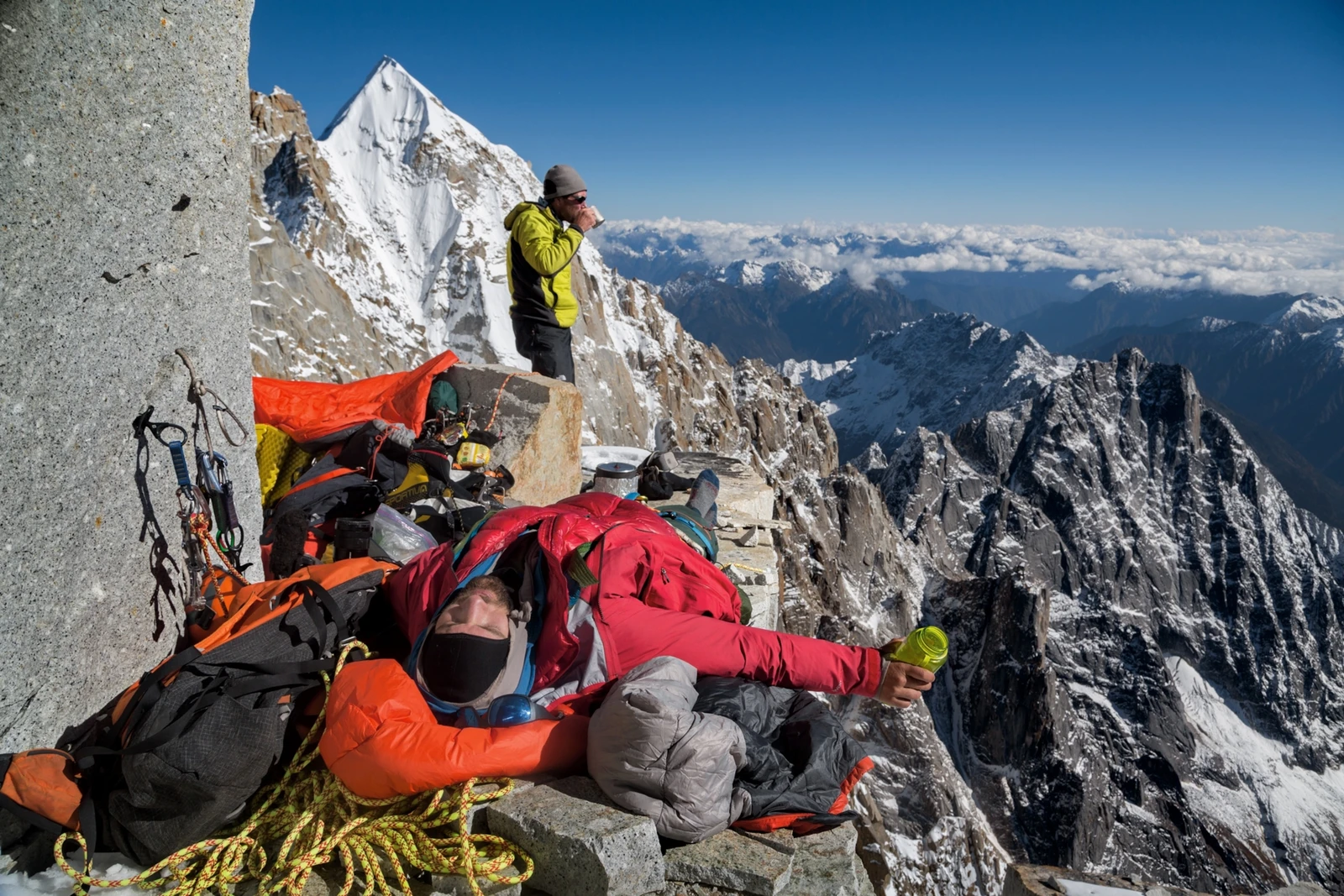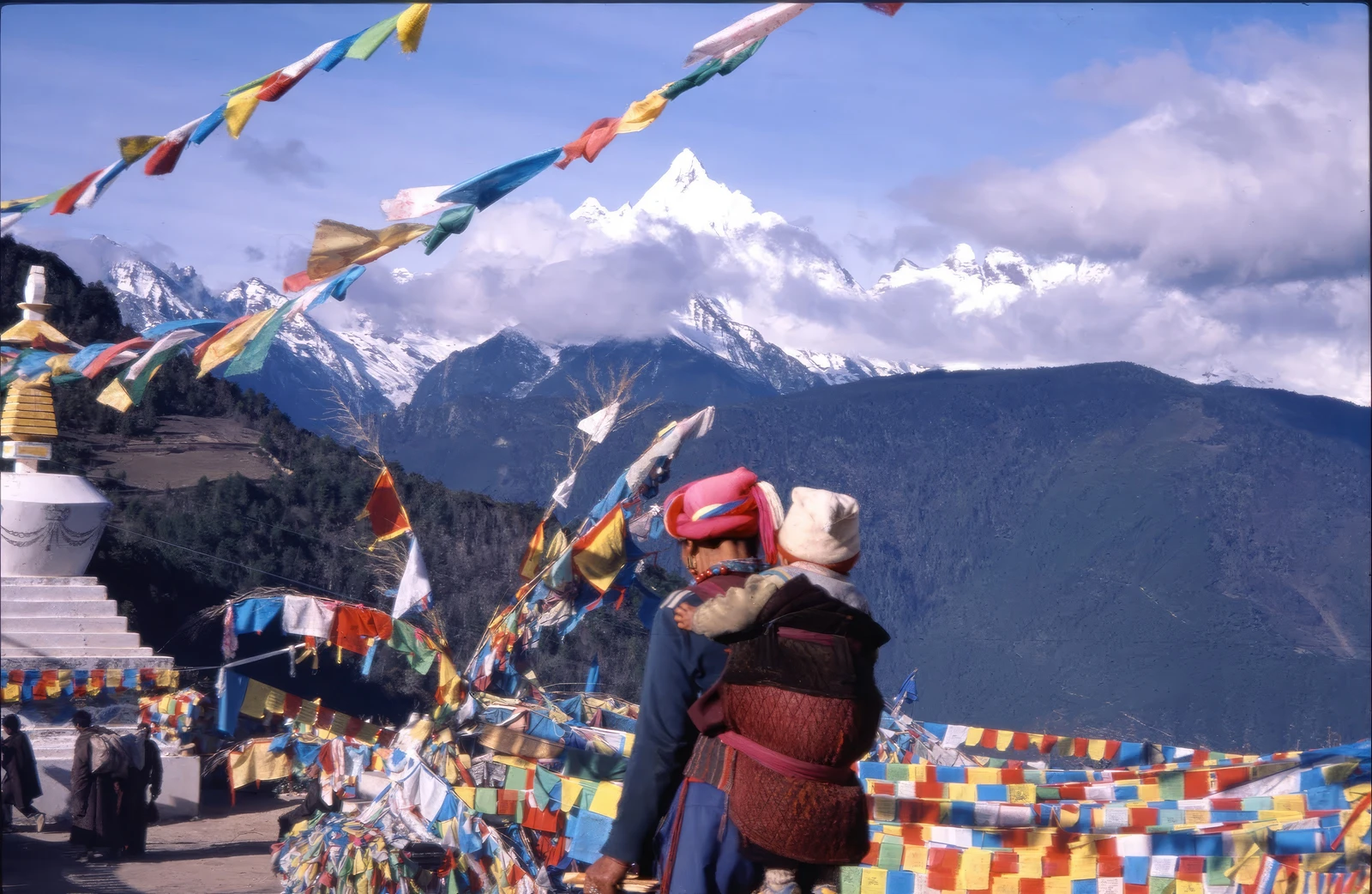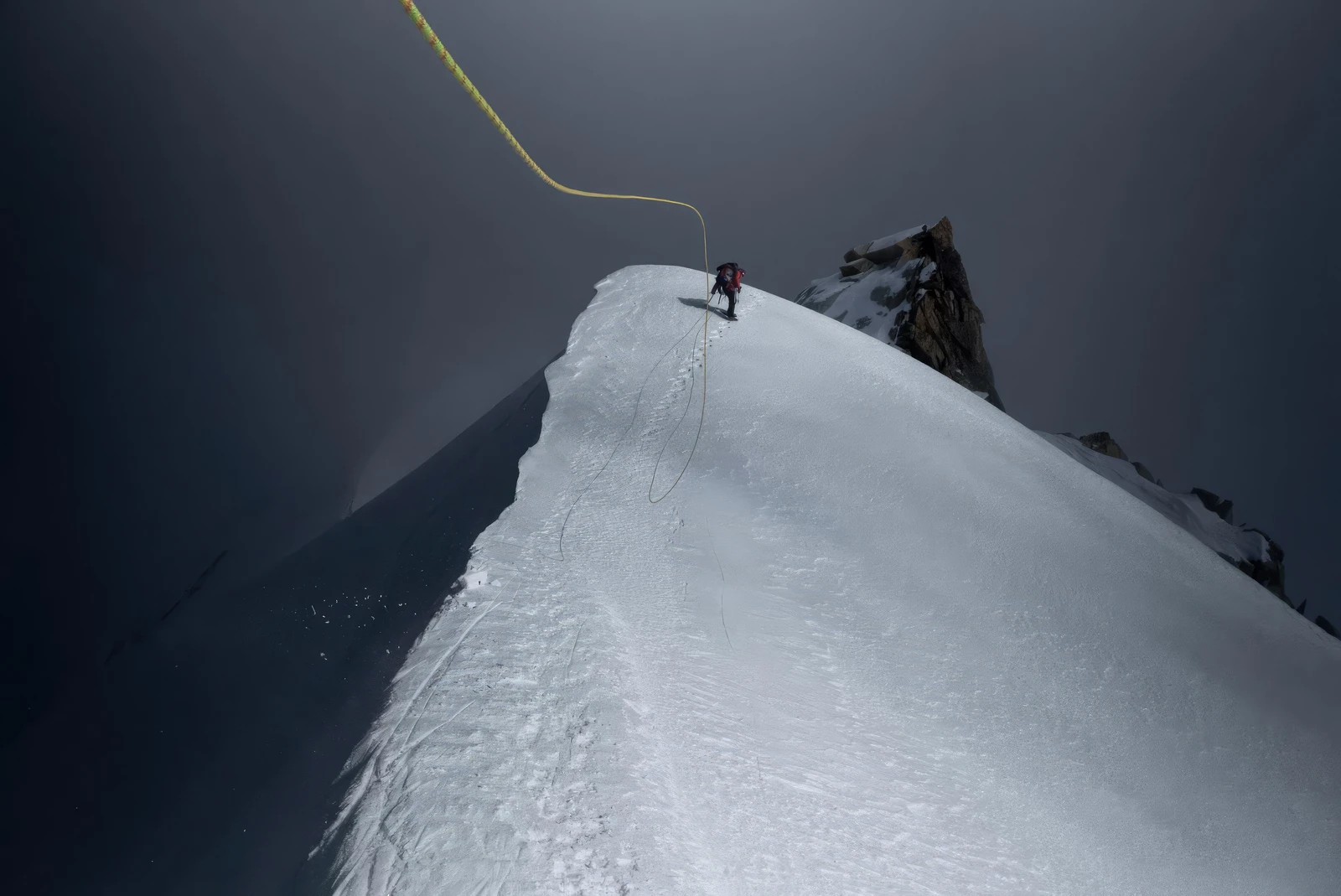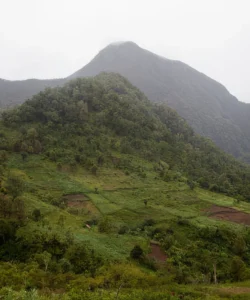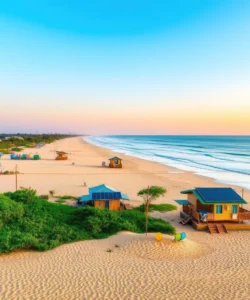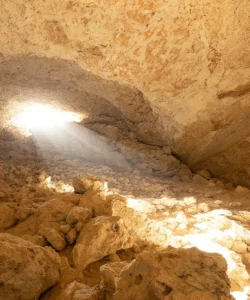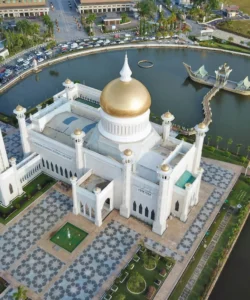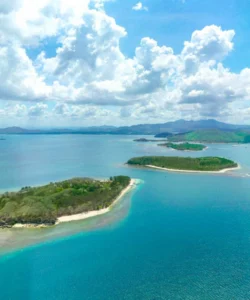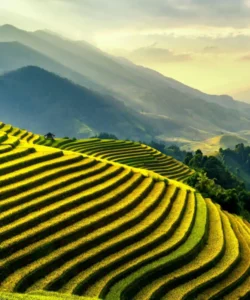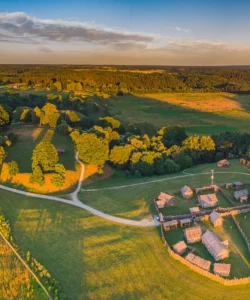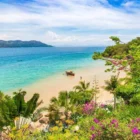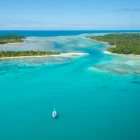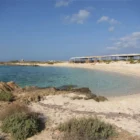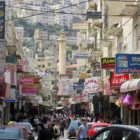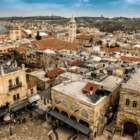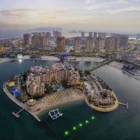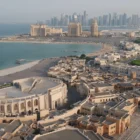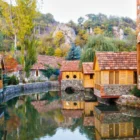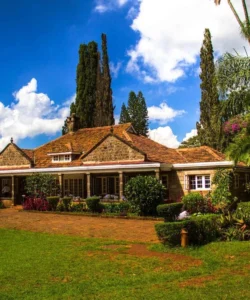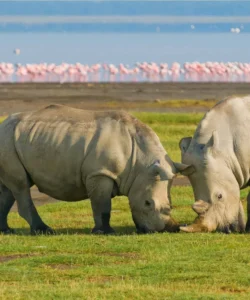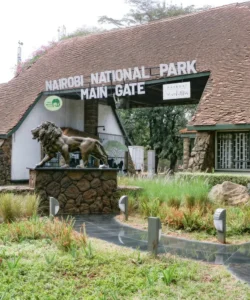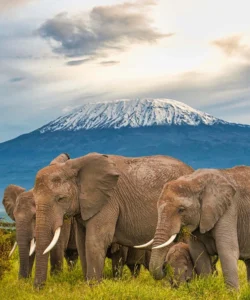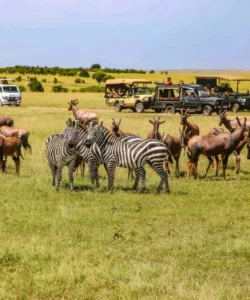Hkakabo Razi is a colossal and mysterious peak in the northernmost reaches of Myanmar, widely believed to be the highest mountain in both Myanmar and Southeast Asia, though its exact height has been subject to recent re-evaluation against its close neighbor, Gamlang Razi. It stands as a profound natural wonder, a frontier for biodiversity research, and one of the world’s most challenging and remote mountaineering objectives.

Name: Hkakabo Razi (Burmese: ခါကာဘိုရာဇီ, pronounced [kʰàkàbò ɹàzì])
Address: Hkakabo Razi is located in the northern Myanmar state of Kachin, specifically within the Putao District’s Nogmung Township. It is part of an outlying subrange of the Greater Himalayan mountain system, situated near the tripoint border with India (Arunachal Pradesh) and China (Tibet Autonomous Region). The peak is entirely enclosed within Hkakaborazi National Park.
How to Get There:
Accessing Hkakabo Razi is an extremely challenging and demanding endeavor, primarily reserved for experienced mountaineers and scientific expeditions due to its extreme remoteness and the nature of the terrain.
- By Air to Putao: The most practical way to begin the journey is to fly into Putao Airport (PBU) in Kachin State. Putao is a small mountain town that serves as the entry point for the region. Flights to Putao are domestic, typically originating from Yangon (RGN) or Myitkyina (MYT). Flights are often limited and seasonal, reflecting the remoteness.
- From Putao to Base Camp: This is where the true challenge begins. There are no roads leading from Putao into the core areas of Hkakabo Razi National Park where the mountain is located. The journey from Putao to the base camp of Hkakabo Razi is a multi-week, arduous trek (often cited as four to six weeks round trip) through:
- Dense, untouched rainforest: Characterized by thick vegetation, leeches, and challenging terrain.
- Unbridged stream crossings: Numerous rivers and torrents must be traversed, often via precarious temporary bridges or by wading.
- Deep valleys and ravines: The route involves constant ascents and descents through a highly dissected landscape.
- Permits: Special permits are mandatory for foreign visitors to enter Hkakaborazi National Park and to undertake treks in the surrounding areas, especially towards the mountain. These permits need to be arranged well in advance through authorized agencies.
- No Tourist Infrastructure: Beyond very basic local villages (like Tahaundam, inhabited by Khampa Tibetans), there is no tourist infrastructure like hotels or lodges along the trekking route. Expeditions must be entirely self-sufficient, relying on porters and local guides.
Landscape and Architecture:
Hkakabo Razi’s “architecture” is purely natural, a testament to immense geological forces, and its landscape is one of extreme biodiversity and rugged beauty, transitioning through multiple climatic zones.
- Snow-Capped Himalayan Peak: Hkakabo Razi is a formidable snow-capped peak, estimated at 5,881 meters (19,295 ft), though its precise height is still debated and challenged by nearby Gamlang Razi. Its summit is characterized by jagged ridges of ice and rock, prone to avalanches.
- Eastern Himalayan Range: It lies in an outlying subrange of the Greater Himalayan mountain system, marking the easternmost extent of the mighty Himalaya.
- Extremely Diverse Ecosystems: The mountain and its surrounding Khakaborazi National Park are a biodiversity hotspot, containing a unique vertical stratification of ecosystems:
- Lowland Tropical Rainforest: At lower altitudes, dense, broad-leaved evergreen tropical rainforest thrives, known for its incredible flora (including rare black orchids) and fauna.
- Sub-tropical Temperate Zone: From roughly 2,400 to 2,700 meters (8,000 to 9,000 ft), featuring broad-leaved, semi-deciduous forests.
- Needle-leaved Evergreen Forest/Snow Forest: Higher up, conifer and rhododendron forests dominate.
- Alpine Zone: Above 3,400 meters (11,000 ft), the vegetation transitions to alpine meadows and sparse, hardy flora, eventually giving way to bare rock, glaciers, and permanent snowfields.
- Deep Canyons, Waterfalls, and Rapid Streams: The landscape is characterized by numerous undammed rivers flowing through deep canyons, spectacular waterfalls, and rapid streams, all contributing to the challenging terrain. It also contains the headwaters of the Ayeyarwady River, Myanmar’s most important waterway.
- Minimal Human Intervention: The region is extremely sparsely populated, with only a few small, scattered settlements of indigenous communities (Rawang, Lisu, Khampa Tibetans) along the river valleys. There is no significant man-made architecture within the park itself beyond very basic traditional village structures or temporary expedition camps.
What Makes It Famous:
- Believed to be Southeast Asia’s Highest Mountain: Hkakabo Razi has long been recognized as the highest peak in Myanmar and Southeast Asia. Although recent measurements of Gamlang Razi have raised debate, Hkakabo Razi remains the iconic and generally accepted “roof of Southeast Asia.”
- Extreme Mountaineering Challenge: It is considered one of the most difficult and dangerous mountains in the world to climb, even compared to some 8,000-meter peaks. Its remoteness, the long and arduous jungle approach (which itself can take weeks), unpredictable weather, sheer ice/rock faces, and lack of rescue infrastructure make it an extreme test for elite alpinists. It has only seen one confirmed successful ascent (in 1996) and a tragic number of failed attempts and fatalities.
- One of the World’s Last Unexplored Biodiversity Hotspots: The Hkakaborazi National Park is described as Myanmar’s last stronghold for biodiversity. Its extraordinarily rich flora and fauna, spanning tropical to alpine species, are still largely unresearched and await proper scientific identification. This “Amazon of the temperate world” attracts botanists, zoologists, and geologists.
- Remote and Untouched Wilderness: The region was closed to foreigners until 1993, and its extreme inaccessibility has preserved it as one of the world’s last truly intact and undisturbed wilderness areas, largely untouched by modern development.
- Tentative UNESCO World Heritage Site: The Hkakabo Razi Landscape (which includes Hkakaborazi National Park and Hponkan Razi Wildlife Sanctuary) is on Myanmar’s tentative list for UNESCO World Heritage status, recognizing its exceptional integrity, ecological diversity, and stunning scenic beauty.
- Cultural Significance: The local Khampa Tibetans consider the mountain sacred, adding a layer of indigenous spiritual significance to its natural grandeur.
Differences from Some Other Wonders:
- Extreme Remoteness and Difficulty of Access: Unlike most other natural wonders (even other Himalayan peaks like Everest Base Camp or Mount Rinjani, which have more established trekking infrastructure), Hkakabo Razi’s defining characteristic is its unparalleled remoteness and the extreme, multi-week jungle trek required even to reach its base camp. There are no roads, lodges, or established facilities along the approach, making it an expedition-grade journey.
- Mountaineering Difficulty for its Height: While the Himalaya are home to higher peaks, Hkakabo Razi is considered exceptionally difficult and dangerous for its elevation, often described as harder to climb than even some 8000m peaks due to its isolation, complex terrain, and lack of support infrastructure. Its treacherous approach and technical climbing set it apart.
- Unexplored Biodiversity: While other parks are biodiverse (Taman Negara, Sundarbans), Hkakabo Razi stands out as one of the very few large largely unexplored and undocumented biodiversity hotspots on the planet, offering a unique frontier for scientific discovery.
- Altitude and Climate Range: It covers an astounding 5,830 meters (over 19,000 feet) of vertical elevation, transitioning from broadleaf tropical rainforest at its lowest points to permanent snow and ice at its summit. This extreme range within a relatively confined area, reflecting the convergence of Palearctic and Indo-Malayan ecozones, creates a unique and unparalleled vertical ecological diversity.
- Absence of Mass Tourism Infrastructure: Due to its difficulty and protected status, it completely lacks the mass tourism infrastructure (hotels, major trails, shops) found at other famous mountains or national parks. This contributes to its pristine, wild, and exclusive character.
- Active Geological and Ecological Evolution: Its status as a geologically young and active part of the Himalaya, combined with its high endemism, makes it a living laboratory for studying ongoing evolutionary and ecological processes.
